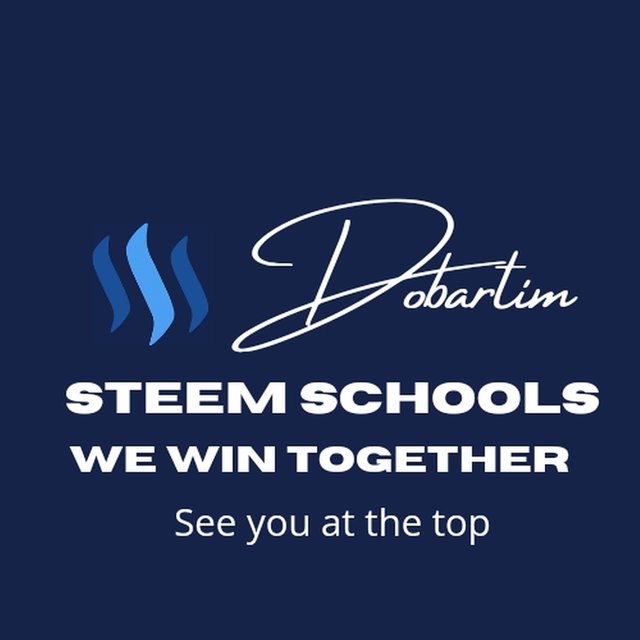Which 5 options are the best for a startup and why
- Bootstrapping (Self-Funding)
Why it’s great: Bootstrapping allows founders to retain full control and equity while validating the business idea without external pressure. It forces lean operations, fostering creativity and efficiency. With access to affordable tools (e.g., no-code platforms, cloud services), startups can build MVPs (minimum viable products) cheaply.
Best for: Startups with low initial costs (e.g., SaaS, consulting) or founders with personal savings. It’s ideal for testing markets before seeking investment.
Example: Basecamp famously bootstrapped, growing profitably without VC funding.
Caveat: Growth may be slower, and it’s riskier if personal funds run dry.
- Product-Led Growth (PLG)
Why it’s great: PLG focuses on building a product that sells itself through freemium models, viral loops, or exceptional user experience. It reduces reliance on expensive sales teams and scales efficiently. Data from 2025 shows PLG startups (e.g., Slack, Notion) achieve higher customer retention and lower acquisition costs.
Best for: B2B or B2C tech startups with digital products that can offer free tiers or trials.
Example: Canva’s freemium model drove massive adoption before monetising.
Caveat: Requires a polished product upfront and ongoing investment in UX.
- Angel Investment or Pre-Seed Funding
Why it’s great: Angel investors provide capital (typically $10–$500K) and mentorship without the intense demands of VCs. In 2025, angel networks are thriving on platforms like AngelList, making it easier to connect. This funding bridges the gap to build an MVP or gain early traction.
Best for: Startups needing capital for product development or initial marketing but not ready for large VC rounds.
Example: Many Y Combinator startups initially receive angel funding to achieve milestones.
Caveat: Dilutes equity early, and investors may have varying levels of involvement.
- Lean Startup Methodology
Why it’s great: This approach (build-measure-learn) emphasises rapid iteration based on customer feedback, minimising waste. Using tools like landing pages or A/B testing, startups can validate ideas before heavy investment. In 2025, lean principles are standard for reducing failure rates (90% of startups fail, often due to misfit products).
Best for: Any startup, especially in uncertain markets or with untested ideas.
Example: Dropbox used a simple demo video to gauge interest before coding.
Caveat: Requires discipline to pivot when data contradicts assumptions.
- Strategic Partnerships
Why it’s great: Partnering with established companies provides access to customers, resources, or credibility. For example, a fintech startup might partner with a bank for distribution. In 2025, ecosystems like AWS or Shopify encourage partnerships, offering startups tools and exposure.
Best for: Startups in niche markets or those that need to scale without incurring heavy marketing expenses.
Example: Shopify’s app ecosystem grew through developer partnerships.
Caveat: Misaligned goals or dependency on partners can create risks.
Why These Stand Out
Adaptability: They suit various industries and stages, from ideation to growth.
Cost-efficiency: Bootstrapping, PLG, and lean methods minimise financial risk.
Scalability: Partnerships and funding enable faster growth when executed well.
Market fit: Lean methodology and PLG prioritise customer needs, reducing failure risk.
Current trends: 2025’s startup landscape favours lean, user-centric, and partnership-driven models due to economic uncertainty and investor caution (post-2024 funding slowdowns).
Tailoring to Your Startup
If you share specifics (e.g., industry, budget, or goals), I can refine these options or suggest others. For now, these five balance risk, reward, and flexibility. Would you like me to analyse a specific startup idea or dive deeper into one of these strategies?
Be persistent
Steem On
We Win Together
One Mission
One Goal
See you at the top
Welcome to the Telegram Group on live business classes - Creative Millionaires https://t.me/creativemillionaires
Original post by @dobartim
We win together - Welcome to Steem Schools https://discord.gg/q9VEn5n
Follow me on Twitter: https://twitter.com/dobartim1
Image Source: Pixabay

